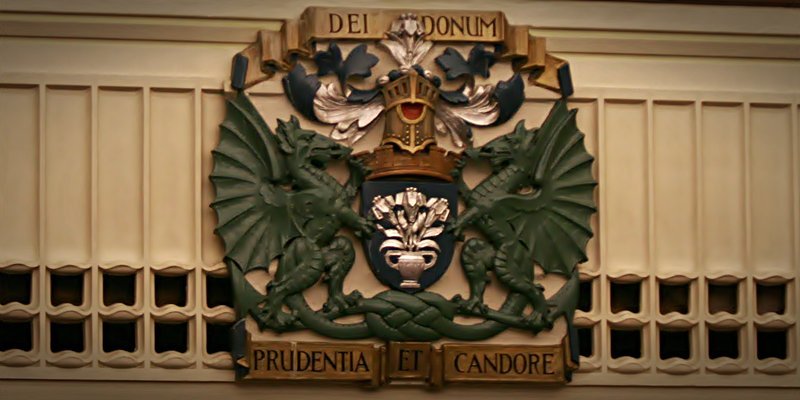Five senior figures could leave Dundee City Council under a reorganisation which would see the number of departments reduced from 10 to six and an arms-length organisation run leisure and cultural services.
The senior officers are depute chief executive Patricia McIlquham, education director Jim Collins, head of waste management Jim Laing, assistant chief executive Chris Ward and head of environmental health and trading standards Albert Oswald.
They would all take voluntary early retirement and most of them would depart at agreed times up to the end of June this year, with Miss McIlquham not leaving until June 2012.
The new structure, being proposed in the interests of greater efficiency and to modernise and improve services, would save almost £400,000 in a full year. This is not part of the £14.9 million worth of savings agreed by the council last month.
The changes would see all support services, including finance and information technology, merged in to one department. All property-related staff would be moved into the city development department, including the switch of the architectural services division from support services.
An environment department would cover all construction services, ground maintenance, waste management and environmental services, while also managing the council’s corporate fleet. All community learning and development services will be retained within the chief executive’s department.
The leisure, arts and communities committee would be scrapped along with the housing, contract services and environment services committee.
With the Leisure and Culture Company taking over the former, the latter would be replaced with two new committees environment and housing.
It is proposed that Mr Collins’ post as education director will be filled internally and the other departing officials’ posts will not be filled but their duties will be distributed in the reorganisation.
The proposals have emerged from the Changing for the Future board and they will go to the policy and resources committee on March 28 for approval.
Ken Guild, convener of policy and resources, said, “We are continually looking at ways to increase the efficiency of the city council and deliver a range of services that are of a high standard and provide value for money.Tough”This organisational restructuring is part of this process and one of the 33 projects being looked at under the Changing for the Future board.
“The tough financial situation we find ourselves in is not of our making and we are determined to maintain vital services that people in Dundee rely on.
“The streamlining of departments and management posts will help improve the effectiveness of council services and reduce the need for savings to be made in front line services.”
Mr Guild insisted there had been no “squabbling over titles and money” by senior officers over the restructuring, as alleged by the UNITE union last week.
Emma Boon, campaign director at the Taxpayers’ Alliance, said the reduction in top-level staff was long overdue.
“No other council in Scotland had 10 chief officers, which suggests Dundee have been over capacity for a while and taxpayers have been paying for it,” she said.
“Reducing the number of chief officers at Dundee could be a good way to cut spending and save tax-payers’ money, but it is important that any such changes are carefully planned and managed.
“Ultimately, it should be up to local taxpayers to decide if they feel that they would get a satisfactory service from fewer chief officers.”
